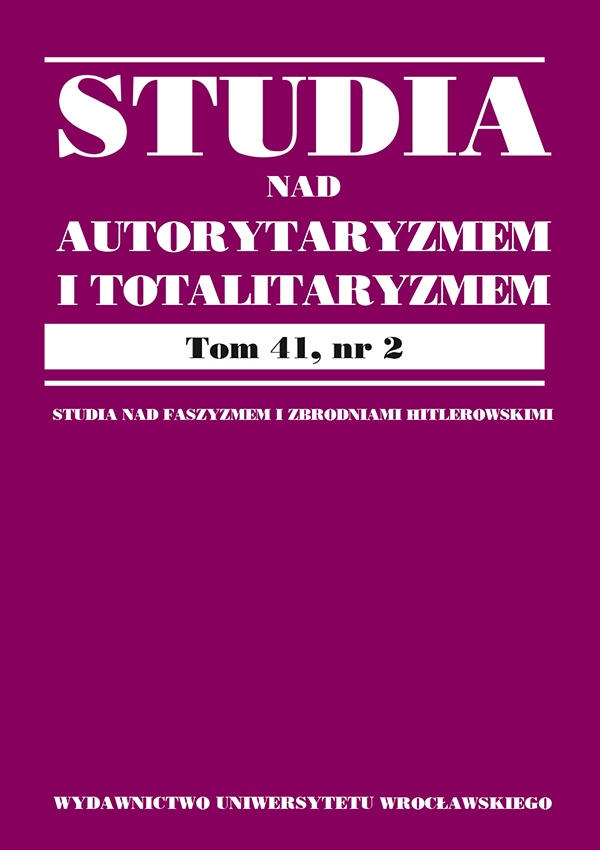

[307]

THE BODY OF A WAR CRIMINAL: VISUAL REPRESENTATIONS OF ARTHUR GREISER’S TRIAL AND EXECUTION
The essay depicts the representations of the public image of Arthur Greiser, the Governor of Reichsgau Wartheland and a war criminal, tried and sentenced to death in post-war Poland in 1946. The author analyzes visual sources, such as photographs and films. The post-war images of Arthur Greiser suggest a different figure of the Nazi leader who tried to create his own, well-considered public image as a beginner member of the Nazi party, and later — as the leader of an occupied territory. The Polish discourse, as the anti-war and anti-Nazi one, broke the majestic and proud figure of Greiser, presented him as a ruthless war criminal responsible for persecutions and genocide, an unhuman being without compassion and a monster with specific physiological features. Simulta-neously, the official mass media rhetoric and visual narratives strived to take over the body of Greiser, deprived him the right to dispose of it. The author describes and interprets the pictures of the trial and execution where Greiser is considered as the accused and a dead body/corpse. The visual representations uncover the practice of subjugating the perpetrator’s body in public discourse, as well as the social behaviour and attitudes in the liberated communist country.